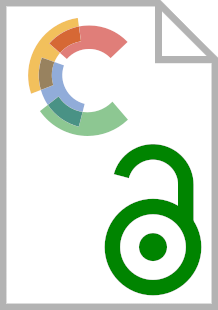Date: 2015
Type: Working Paper
Understanding agricultural price range systems as trade restraints : 'Peru–agricultural products'
Working Paper, EUI RSCAS, 2015/58, Global Governance Programme-181, Global Economics
SAGGI, Kamal, WU, Mark, Understanding agricultural price range systems as trade restraints : 'Peru–agricultural products', EUI RSCAS, 2015/58, Global Governance Programme-181, Global Economics - https://hdl.handle.net/1814/38265
Retrieved from Cadmus, EUI Research Repository
An agricultural price range system (PRS) aims to stabilize local prices in an open economy via the use of import duties that vary with international prices. The policy is inherently distortionary and welfare-reducing for a small open economy, at least according to the canonical economic model. We offer an explanation for why a government concerned with national welfare may nevertheless implement such a policy when faced with risk aversion and imperfect insurance markets. We also highlight open questions arising out of the Peru – Agricultural Products dispute for the WTO’s Appellate Body to address in order to clarify how a PRS consistent with WTO rules could be designed. Finally, we discuss the possibility that a WTO member might resort to a free trade agreement (FTA) to preserve its flexibility to implement a PRS and how an FTA provision of this sort ought to be treated in WTO litigation.
Cadmus permanent link: https://hdl.handle.net/1814/38265
ISSN: 1028-3625
Series/Number: EUI RSCAS; 2015/58; Global Governance Programme-181; Global Economics
Keyword(s): Agriculture Free trade agreement Price range system WTO law
Other topic(s): Trade, investment and international cooperation
